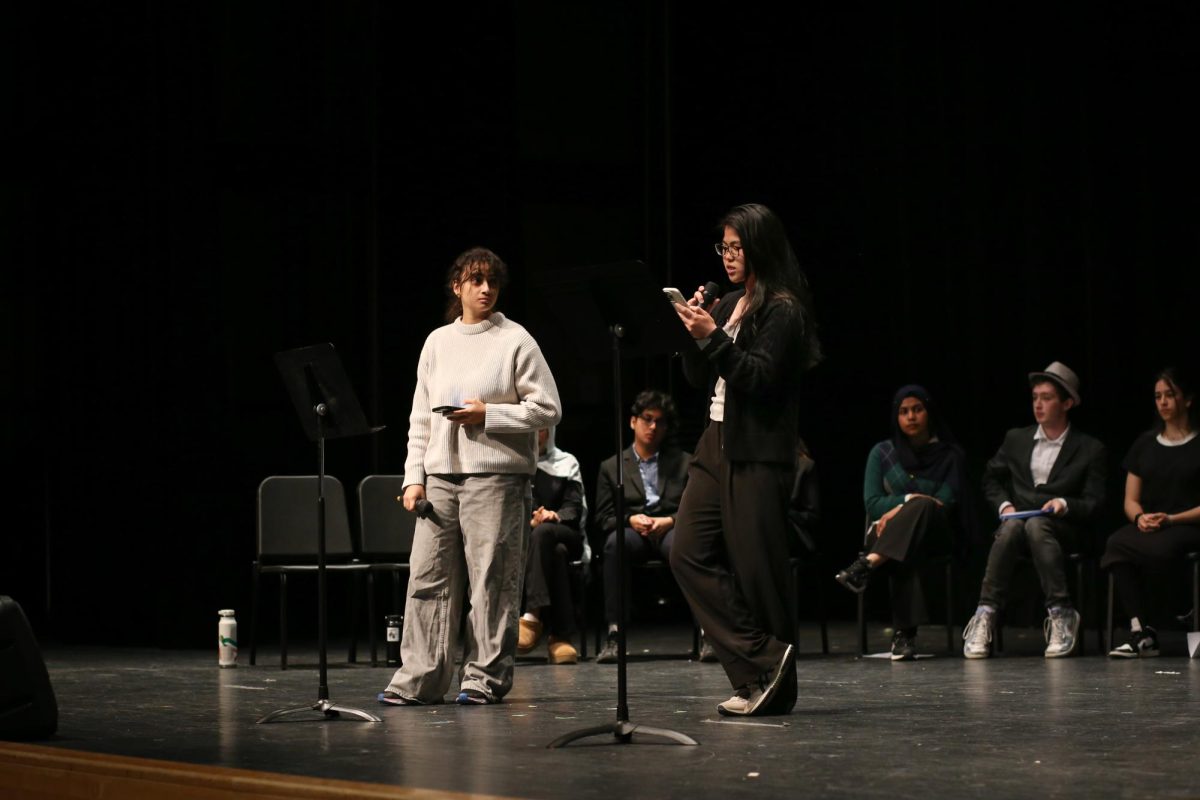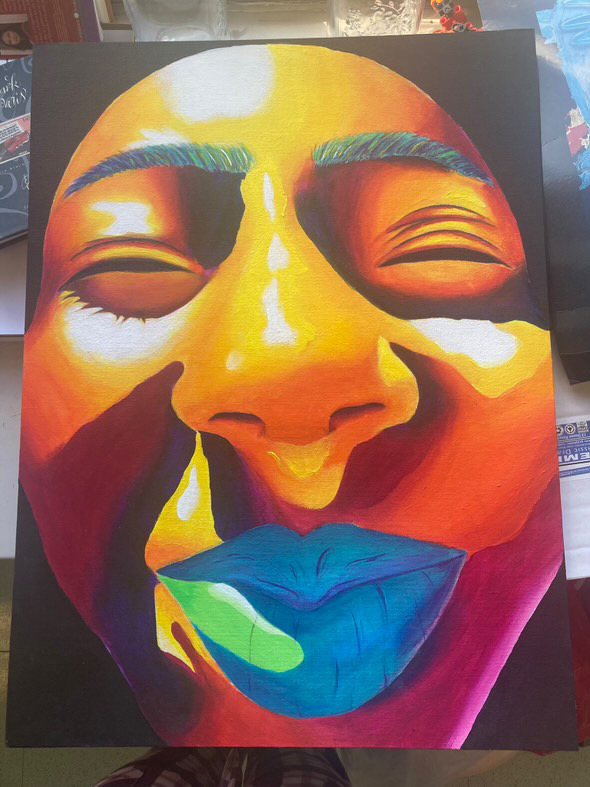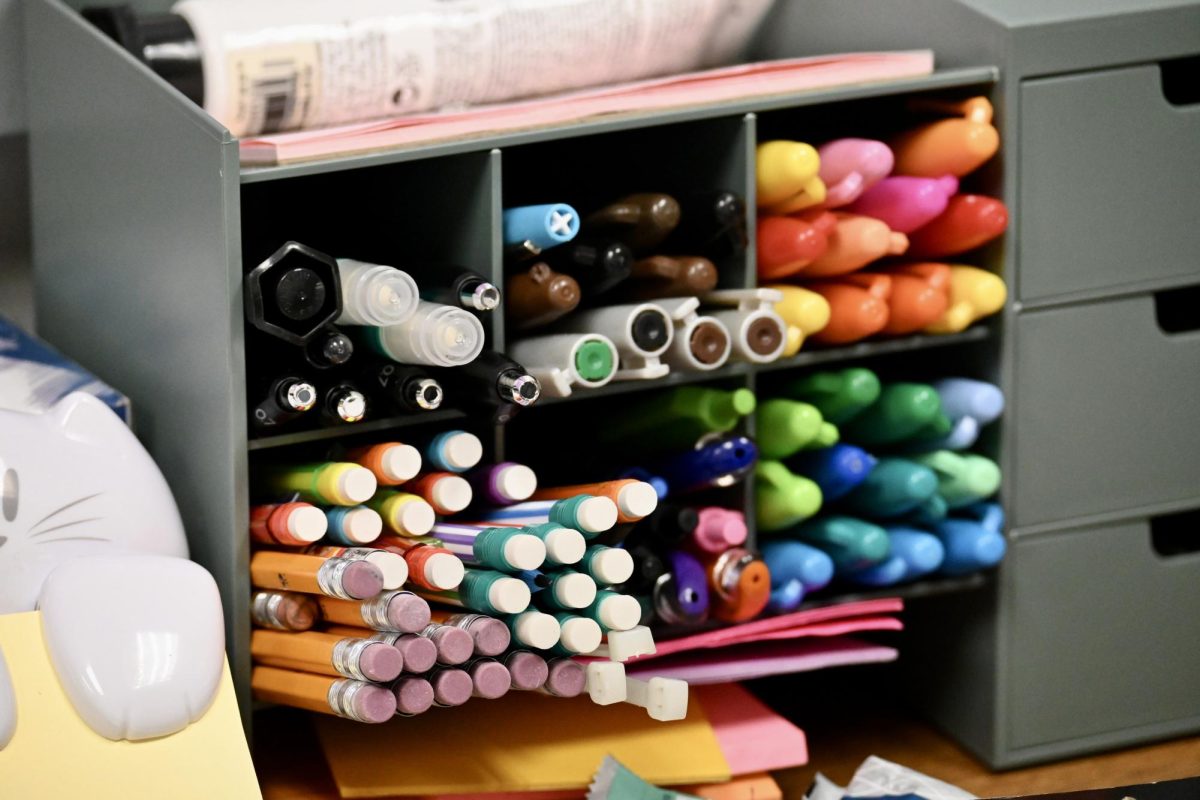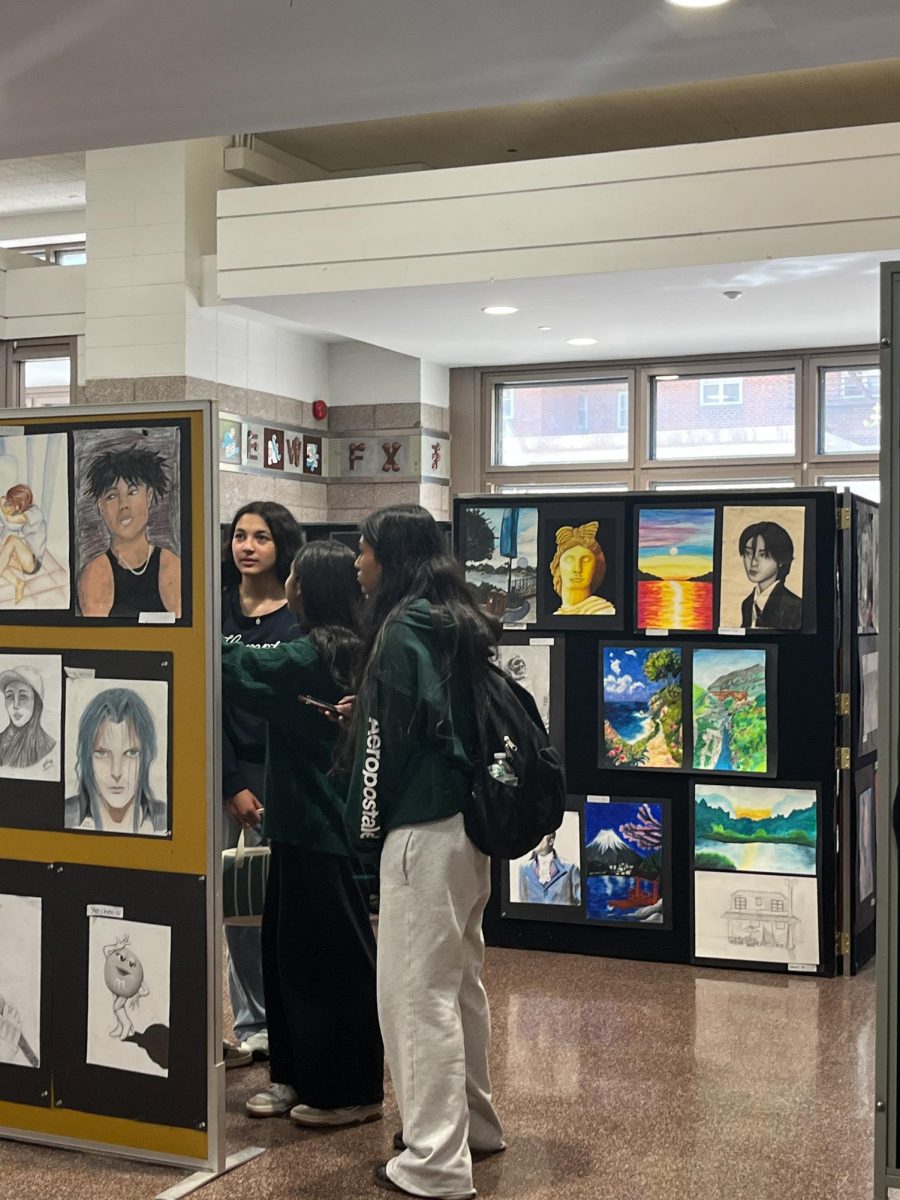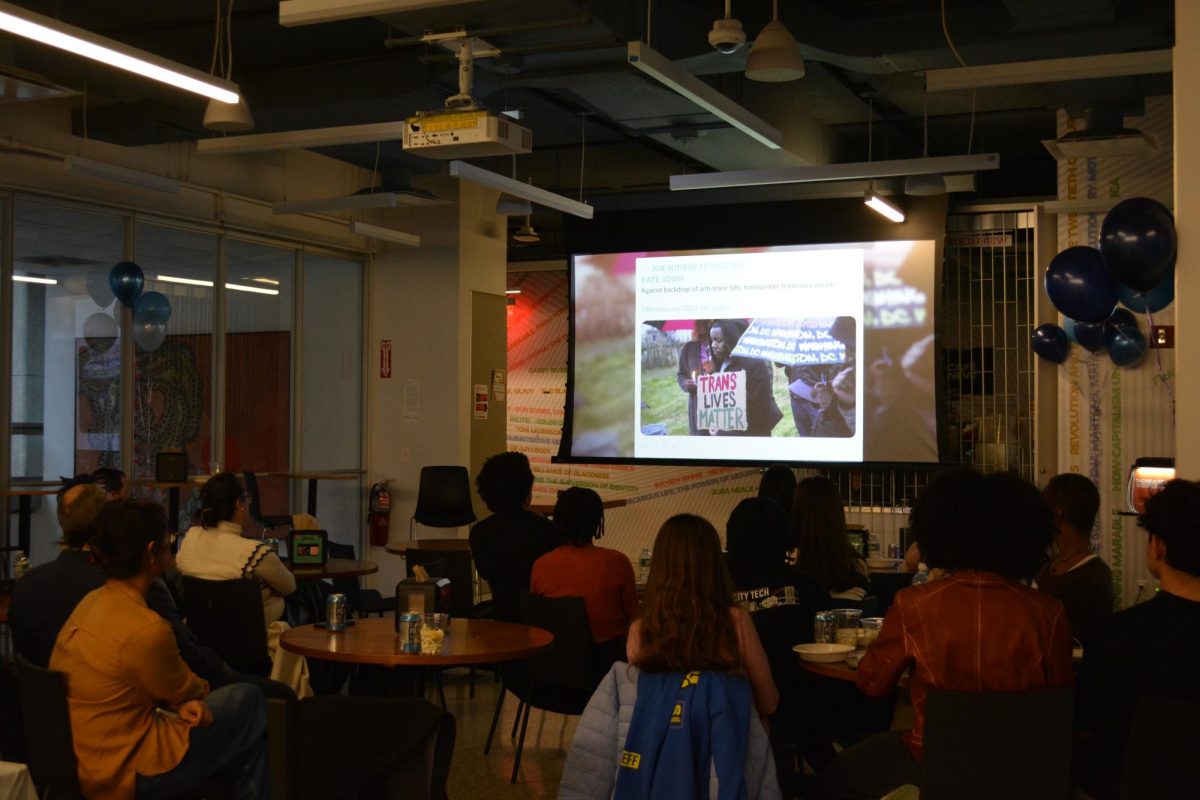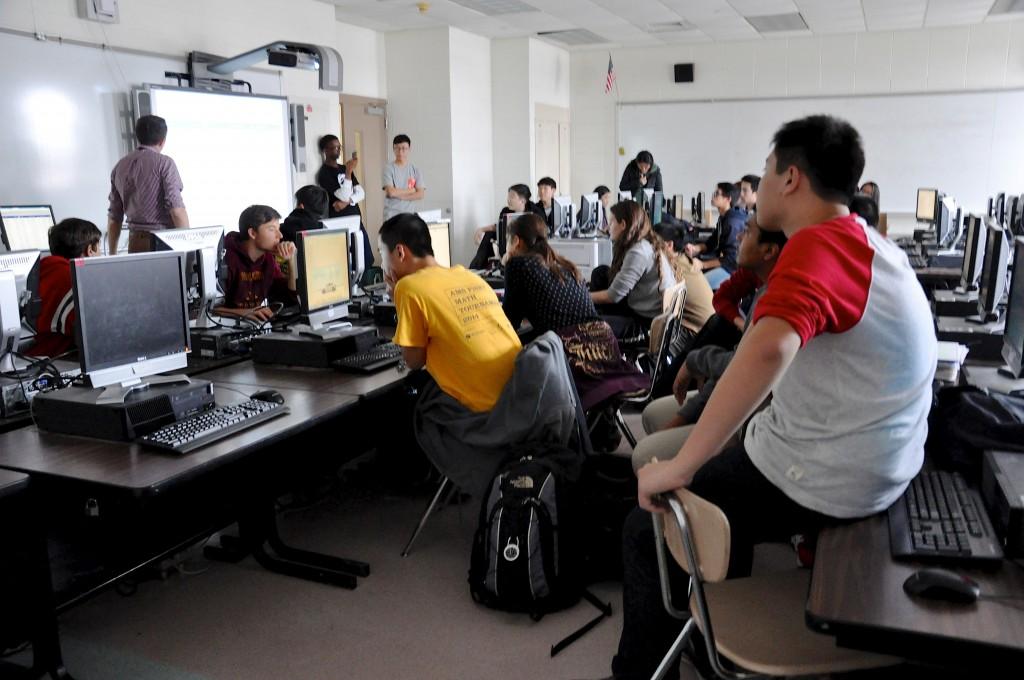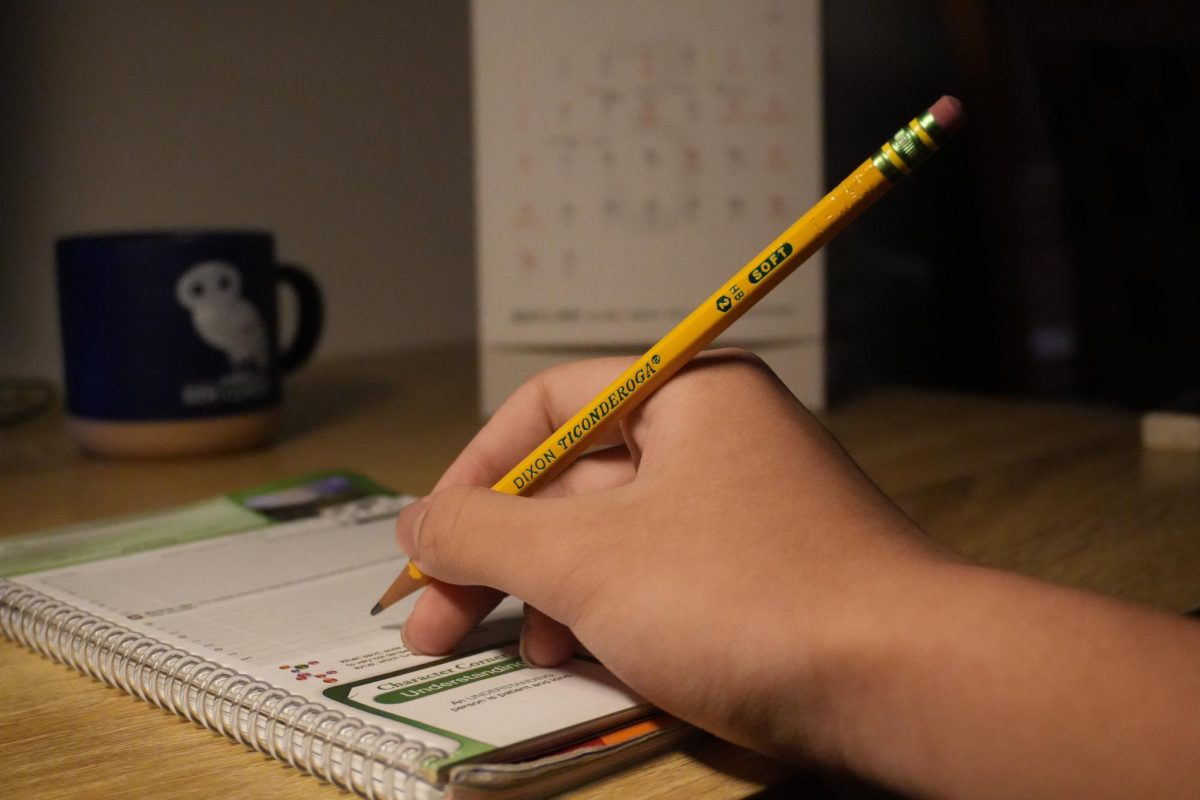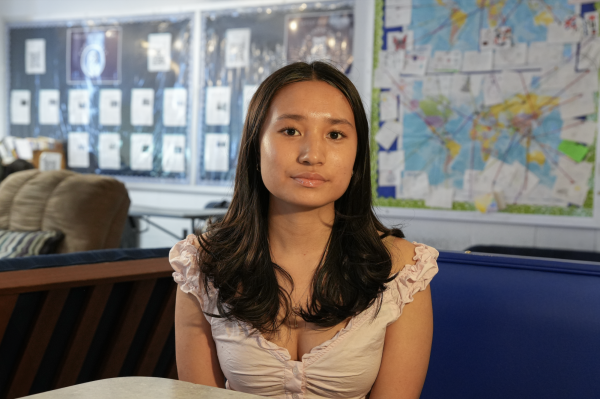
The Townsend Harris High School academic integrity policy prohibits students from using AI “to complete an assignment, in full or in part.” The policy stresses that involving AI in student work entails dishonesty and a loss of individual thinking. But rather than acting as a watchdog over students and chatbots, THHS should initiate conversations about opening a window to AI that may promote constructive engagements with such technology while encouraging academic integrity.
More than a year ago, school leaders and students witnessed the generative AI door fling open with what many speculated would be the death of education. Countless chatbots inspired awe across classrooms by seamlessly generating creative and intellectual material using only a few leads. The generative capacity of AI quickly ballooned as bots began assembling imagery, writing, and video, worrying some educators who sounded the alarm over an outsourcing of creative work and thinking among students. However, the AI revolution in education is not a landscape of risks alone—if thoughtfully harnessed, it offers significant opportunities to support student learning experiences.
First, AI-powered classrooms may be uniquely prepared to help students double down on the creative process. Through collaboration with AI, students can build competency across multiple dimensions of creativity, from brainstorming to preparation to presentation. For example, during the brainstorming phase, AI-enabled tools can assist students in generating ideas by offering a helpful scope of insights. In a scenario where students are exploring solutions to environmental challenges, they may turn to AI to uncover relevant contexts or focus areas that would evoke divergent thinking.
Meanwhile, even the flaws of generative AI tools may foster higher-level thinking among students. One Harvard lecturer showed that interactions with AI sometimes sparked superior student thinking since students may have been compelled to reevaluate their own imaginations upon witnessing the limits of their word-churning chatbots. When students are allowed to reflect on the tensions between human- and machine-generated work, they may be more likely to appreciate their unique abilities in the creative process.
A 2023 study found, however, that AI’s potential to encourage creative growth is considerably less pronounced when students’ chatbot interactions allow the technology to overshadow or command their thinking processes. The study found that for some students, seeing the ideas spit out by the AI did not expand individual brainstorming abilities. Thus, achieving a positive relationship between AI and student learning is only possible by leveraging AI as an assistant meant to unlock opportunities for enhancing individual thinking.
In light of AI’s constructive potential, the THHS AI policy should not tackle the AI use question by simply turning educators into watchdogs. While the academic integrity and student thinking questions are looming large, conversations must be had among faculty and administrators to consider the conditions under which AI implementation in educational environments may be both meaningful and fair. These conversations are a requisite for crafting policy on how to handle generative AI tools like ChatGPT in various contexts, from preventing misuse to supporting student learning.



